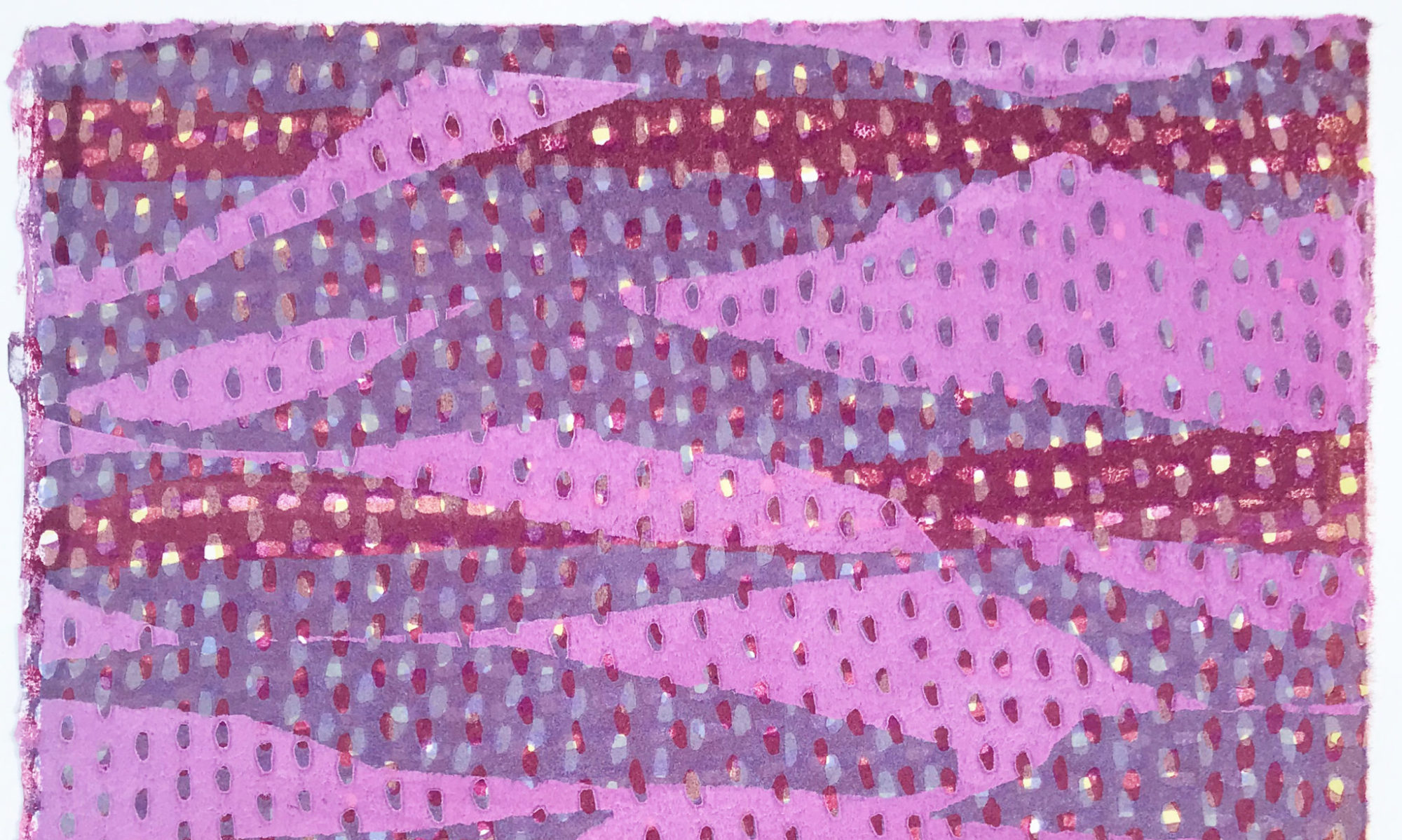The theme of today’s post is legato keyboards. There wasn’t any forethought in that direction; I just happened to come across two pieces recently that both use this seemingly simple element to great effect.
Abstract Aprils, Hold
There’s a fine line between ambient bliss and new age schmaltz — and it’s admittedly a subjective one. But Abstract Aprils seems to me to be a good place to draw the line, offering just enough soothing ambience to calm the nerves and focus the mind but not so much that it loses a core sense of artistry and composition. (I’m not saying that new age artists aren’t composers; I am saying that their artistic choices tend to smooth out the rough edges to a degree beyond where my own preferences lie.)
On one level, Abstract Aprils’ “Hold” is a simple composition built from layered synth pads played at a slow pace and in a manner not dissimilar from any number of Eno-inspired artists of the past few decades. But if you’ve ever tried writing music like this, you know that the sum is more than its parts. You can put together all the right elements, but it’s still missing something. In its ambition, “Hold” is reaching for something in the realm of Eno’s 1983 “An Ending (Ascent).” While it doesn’t reach that height — what does, really? — “Hold” creates an enchanting world of sound over its four-minute run time, and rather than wear out its welcome it invites repeated listens if only to stay in that world a little longer.
Daigo Hanada, “And It Goes On” (Moderna)
Music can do many things — so many, that some composers are tempted to show their audience just how many elements they can cram into a single piece. But the ‘shock and awe’ school of composition has never held much interest for me: Just because you can throw in any amount of complexity into a piece doesn’t mean you should. The important thing is to use the right elements at the right time to create the desired effect.
Daigo Hanada clearly understands this. Hanada’s three-and-a-half minute “And It Goes On” evokes spiritual asceticism with a reverb-covered, 4/4, legato motif built from layered organ notes. The organ forms a warm, enveloping foundation over which upper-register, faster-paced piano notes dance and sparkle. Both organ and piano increase in intensity — the organ swelling in volume as the piano intensifies in its pace — but its conclusion in a quick fade leaves matters somewhat unsettled. The listener is left wondering whether the scene has completely played out, and if so, what exactly has transpired.
If the title is to be believed, “And It Goes On” is just part of an ongoing story — and one that Hanada will continue to tell in subsequent works.
